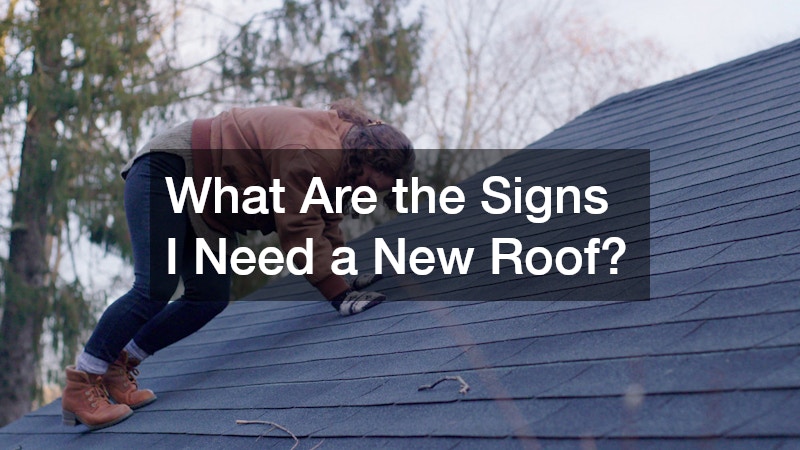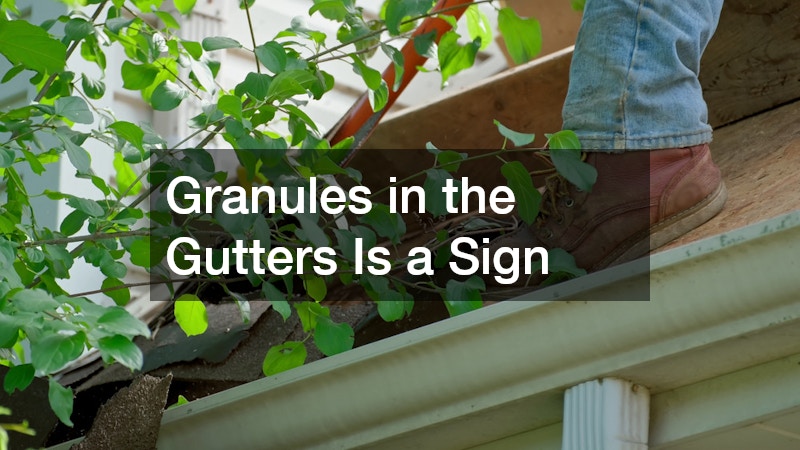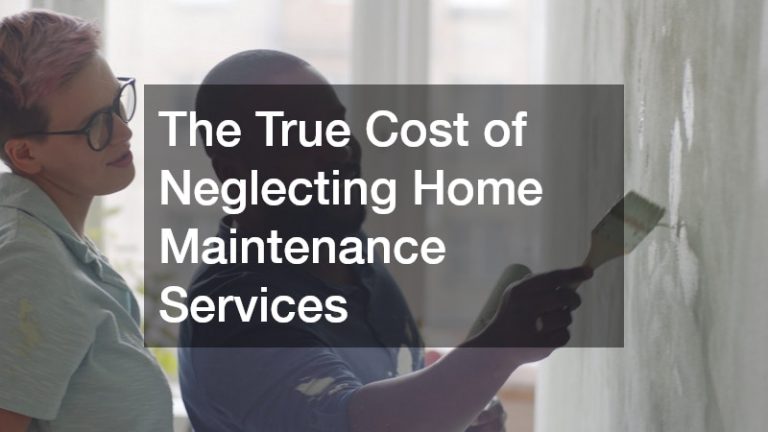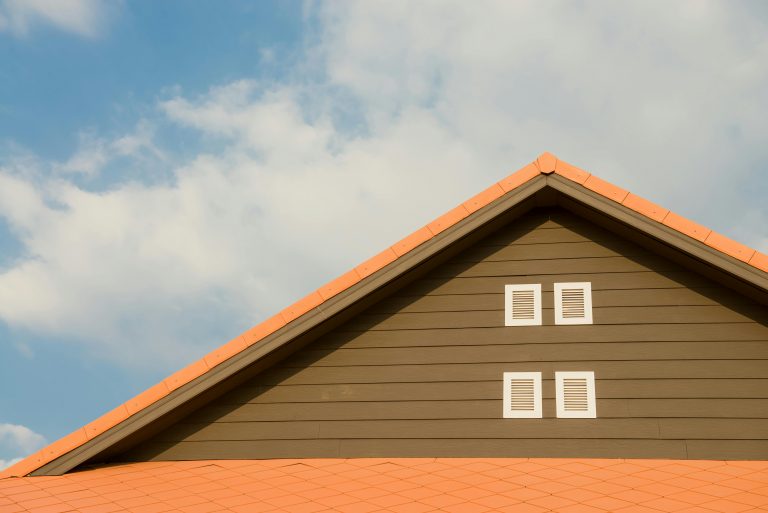

Your roof protects your home from the elements, helps maintain energy efficiency, and contributes to overall curb appeal. Over time, wear and tear can reduce its performance, and knowing when to replace it is essential to avoid costly damage. While some problems can be fixed with repairs, others indicate it’s time for a full roof replacement.
1. Your Roof Is Nearing the End of Its Lifespan
One of the clearest indicators is your roof’s age. Most roofing materials have a predictable lifespan:
Asphalt shingles: 15–30 years
Metal roofing: 40–70 years
Clay or concrete tiles: 50+ years
Slate: 75–100 years
If your roof is approaching or has surpassed its expected lifespan, even if it looks fine, you may want to start planning for a replacement before problems develop.
2. Missing, Curling, or Cracked Shingles
Visible damage to shingles is a warning sign. Curling shingles suggest moisture damage or aging, while cracked shingles can indicate storm damage or long-term wear. Missing shingles leave the roof vulnerable to leaks and structural issues. When damage is widespread, repairs may not be cost-effective.
3. Granules in the Gutters
If your roofing company notices large amounts of shingle granules in your gutters or around the downspouts, your asphalt shingles are likely deteriorating. These granules protect the shingles from UV damage, and their loss speeds up aging and increases the risk of leaks.
4. Sagging Rooflines
A sagging roof can signal structural issues with the decking or support beams. This may result from prolonged moisture damage, heavy snow loads, or poor installation. Structural concerns require prompt professional evaluation, and in many cases, a replacement is the safest solution.
5. Frequent Leaks and Water Damage
Water stains on ceilings, peeling paint, or damp insulation in the attic often point to roofing issues. While a single small leak might be repairable, recurring or widespread leaks often indicate the roof system as a whole is failing. Prolonged water infiltration can damage your home’s framing, insulation, and electrical systems.
6. Mold, Mildew, or Algae Growth
Dark streaks on your roof could be algae, while moss or mildew growth often signals trapped moisture. While some growth can be cleaned off, significant or recurring buildup may mean the roof is retaining moisture due to age or material deterioration.
7. Rising Energy Bills
If your heating or cooling costs are climbing without another obvious cause, your roof may be to blame. Poor insulation or ventilation, along with damaged materials, can reduce energy efficiency and make your HVAC system work harder.
8. Daylight Visible Through the Roof Boards
If you can see sunlight coming through your attic roof boards, water can also get in. Light shining through gaps usually means the roofing material and underlayment have worn away, requiring more than just patching.
9. Extensive Storm Damage
Severe storms can cause significant damage, from hail dents to wind-torn shingles. While spot repairs may work for minor issues, large-scale damage or compromised structural integrity often justifies a full replacement—especially if your insurance coverage can help offset costs.
10. Repairs Are Becoming Too Frequent
If you’re calling a roofer every few months for patch jobs, the costs add up quickly. When repairs become a regular expense, replacing the roof can be more economical in the long run and offer greater peace of mind.
Planning Your Roof Replacement
Once you’ve identified signs that your roof needs replacement, it’s a good idea to start planning the next steps. Consider the different roof styles available, how they complement your home’s architecture, and which materials will provide the best durability and energy efficiency. Working with a professional can help you choose a roof that not only protects your home but also enhances its curb appeal.
Recognizing the signs you need a new roof is key to protecting your home, preventing costly damage, and maintaining its value. Age, visible damage, repeated leaks, and reduced efficiency are all red flags that shouldn’t be ignored.
If you’re unsure, scheduling a professional roof inspection can provide a clear assessment and help you decide whether repair or replacement is the right move.








